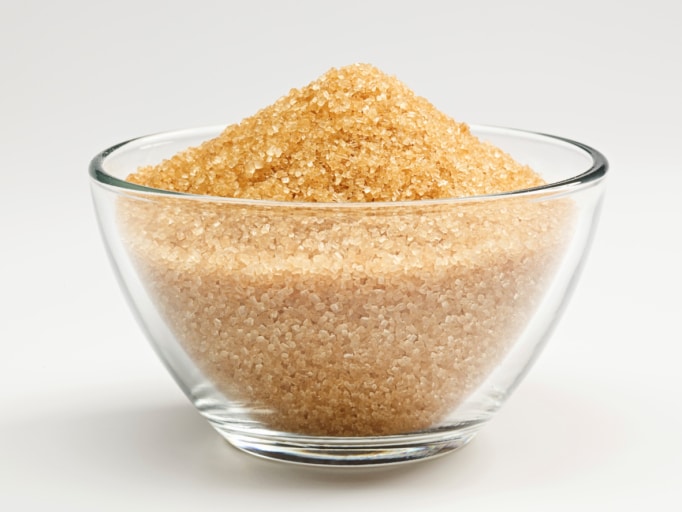The Science Behind Cane Sugar Processing: Exactly How Sweet Taste is Refined
The Science Behind Cane Sugar Processing: Exactly How Sweet Taste is Refined
Blog Article
Understanding the Essential Techniques and Technologies Employed in Modern Walking Cane Sugar Handling
The development of cane sugar handling has been substantially shaped by the integration of innovative techniques and modern technologies that attend to both performance and sustainability. As we discover these vital advancements, it ends up being important to examine exactly how they not just improve manufacturing but likewise straighten with wider market fads and consumer needs, elevating questions concerning the future of sugar handling and its effects for worldwide markets.
Historic Context of Walking Stick Sugar Processing
The historical context of walking stick sugar handling exposes a rich tapestry of agricultural innovation and cultural exchange that has formed its development over centuries. The procedure of removing and improving sugar got momentum in India, where techniques for crystallization were developed around the Sixth century.

Advanced Removal Strategies
Efficiency in walking cane sugar extraction has actually seen considerable developments, driven by the need for greater yields and reduced manufacturing prices. This strategy not only raises sugar return yet also minimizes the power required for handling.
In addition, the fostering of membrane filtering modern technologies, such as nanofiltration and reverse osmosis, has transformed the splitting up of sugar from pollutants. These techniques enable the selective permeation of sugar molecules while preserving larger contaminants, improving the removal procedure and lessening waste.
In addition, the integration of continuous extraction systems has brought about enhanced functional effectiveness. Cane Sugar Processing. These systems preserve a consistent circulation of walking cane material, making certain optimal removal problems and decreasing downtime connected with set processing
Cutting-edge Refining Technologies
Refining strategies in cane sugar processing have actually gone through a transformative change, driven by the need for greater pureness and enhanced item high quality. Among one of the most notable developments is the adoption of membrane purification modern technologies, such as ultrafiltration and nanofiltration. These procedures successfully eliminate impurities and colorants without the demand for considerable chemical therapies, thereby preserving the sugar's natural flavor and enhancing its appeal.
An additional considerable improvement is the use of ion exchange materials, which enable for careful elimination of unwanted ions from sugar remedies. This modern technology not only increases the total purity of the end product yet also adds to minimized waste and ecological effect.
Moreover, advancements in adsorption methods, utilizing activated carbon and other sophisticated products, have proven reliable in decolorizing sugar helpful hints services while maintaining optimal high quality. The assimilation of these cutting-edge refining modern technologies makes sure that producers can produce refined sugar with superior quality and preference, fulfilling the evolving choices of consumers.
Automation and Control Systems
Current innovations in refining modern technologies have actually paved the means for substantial renovations in automation and control systems within cane sugar handling facilities. These systems make use of innovative software program and hardware to boost operational effectiveness, decrease human error, and make certain regular item top quality.
Modern automation incorporates different elements, consisting of sensors, actuators, and programmable logic controllers (PLCs), enabling real-time surveillance and control of essential procedures. For example, stress, temperature level, and circulation prices can be specifically regulated throughout removal, explanation, and condensation phases, enhancing performance and lessening waste.
Additionally, advanced information analytics and device learning formulas play a critical role in predictive upkeep, enabling drivers to expect tools failings before they happen. This proactive strategy not just reduces downtime but also extends the life expectancy of equipment.
Furthermore, automation promotes the application of Industry 4.0 principles, encouraging sugar mills to attain higher connectivity and information exchange throughout processes. Consequently, decision-making ends up being even more active and informed, ultimately enhancing the general competition of cane sugar manufacturing. With these innovations, the industry is well-positioned to meet expanding global demands while preserving operational quality.
Sustainability Practices in Sugar Manufacturing
Sustainability techniques in sugar manufacturing have ended up being significantly important as the sector looks for to balance economic practicality with ecological responsibility. As customer recognition expands regarding the environmental influences of farming methods, sugar producers are embracing innovative techniques to lower their ecological impact.
One considerable strategy is the application of accuracy farming strategies, which utilize information analytics to maximize source usage, such as water and plant foods. This decreases waste and reduces the influence on local communities. In addition, many producers are transitioning to sustainable energy sources, such as biomass from sugarcane byproducts, to power their procedures, therefore lowering dependence on nonrenewable fuel sources.
Water administration techniques are additionally essential; rainwater harvesting and efficient watering systems assist reduce water shortage concerns. Cane Sugar Processing. Additionally, integrated insect administration methods minimize chemical use, advertising biodiversity and soil health
Corporate social responsibility campaigns are emerging, with firms purchasing local areas and making sure fair labor techniques. By embracing these sustainability methods, use this link the sugar sector not only enhances its reputation however also adds you could try this out to a much more lasting farming landscape, leading the way for future generations.

Conclusion
In recap, contemporary walking stick sugar processing integrates an array of sophisticated methods and modern technologies that considerably enhance performance, return, and sustainability. Jointly, these advancements position the cane sugar market to fulfill contemporary needs while addressing critical worldwide obstacles.
The development of walking cane sugar processing has actually been significantly shaped by the combination of advanced methods and innovations that attend to both performance and sustainability.The historic context of walking cane sugar handling exposes an abundant tapestry of farming technology and cultural exchange that has formed its growth over centuries. Advancements in milling and refining emerged, laying the foundation for modern-day walking stick sugar processing.Refining strategies in walking stick sugar processing have gone through a transformative shift, driven by the need for greater purity and improved product high quality.In summary, modern walking stick sugar handling integrates a variety of sophisticated techniques and modern technologies that considerably improve sustainability, effectiveness, and return.
Report this page